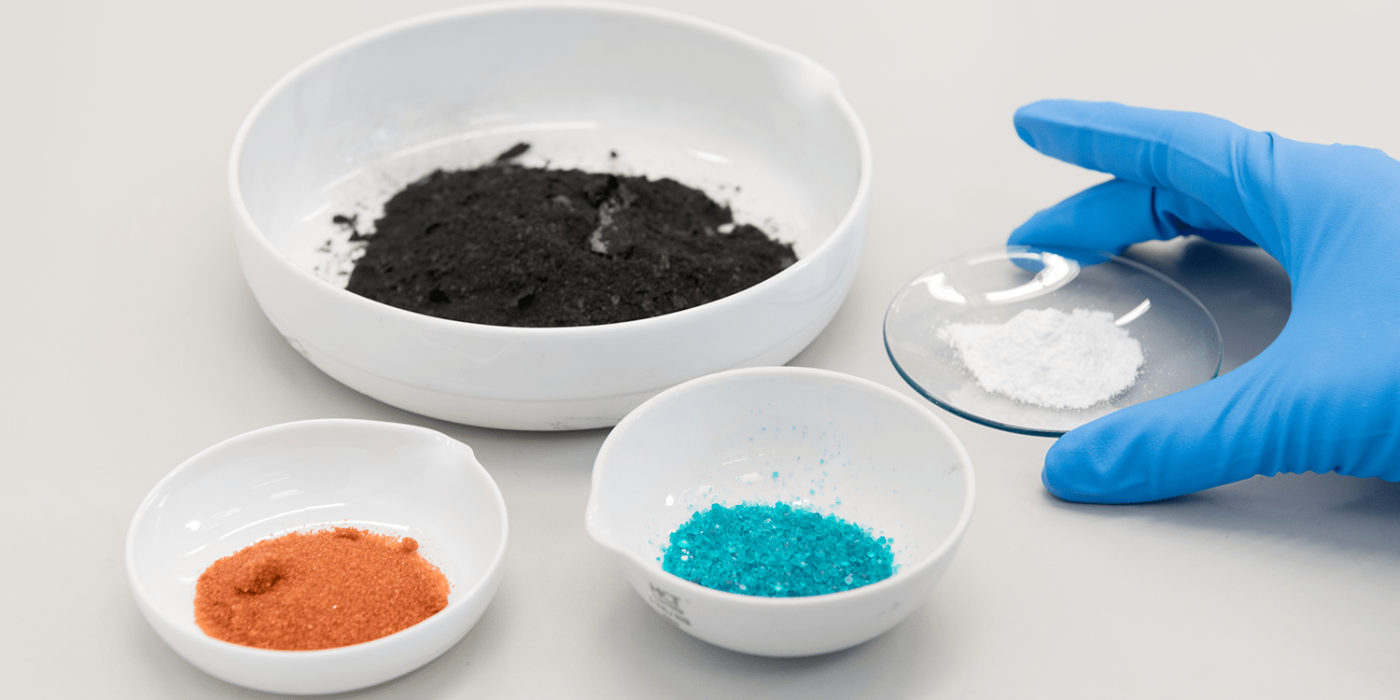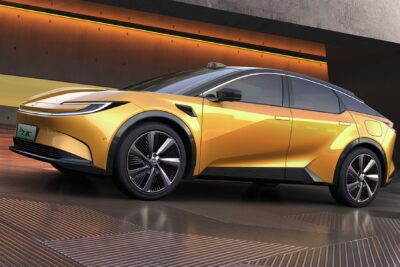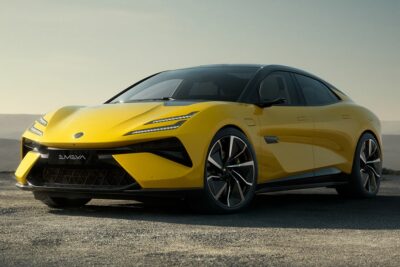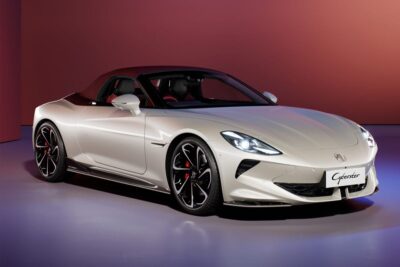US government updates stipulations on batteries
The US Treasury has stipulated that to qualify for the full tax credit, from 2024 onwards, electric vehicles will no longer be allowed to use battery components manufactured or processed by a company from a country considered a “Foreign Entity of Concern” (FEOC). This mainly targets China, where most batteries are made globally, and most raw materials are processed. The other three countries included in the list are Russia, North Korea, and Iran. From 2025, this will also apply to battery minerals.
Just a few days ago, we reported that the US government was considering amending the stipulation regarding battery content introduced in April 2023 by the US Treasury Department. It has recently become apparent that even US car manufacturers or foreign carmakers manufacturing in the US will not be able to do without foreign materials – most especially from China.
According to Reuters, the Alliance for Automotive Innovation, representing nearly all major automakers in the USA, commented on the Treasury’s decision to exempt trace materials for two years, saying the move was “significant and well-advised.” The Alliance also pointed out that, without such an exception, nearly all vehicles would have been rendered ineligible for tax credits.
Recycling is mentioned in the Treasury’s stipulations. Although the Treasury document excludes materials “recycled by a foreign entity of concern” from full tax credits if these are included in a new battery, there is potential for battery materials to cease their ineligibility once they have been recycled by any country outside of the FEOC stipulation. Theoretically, this means the USA could, for example, import Chinese batteries (though these would be ineligible for tax rebates) and then recycle them within the country. Those materials would then be able to be used in new batteries in a vehicle eligible for full tax credits. This is not likely to mean a lot of batteries in the short term since a battery’s first life usually lasts between 6 and 8 years, and the Treasury stipulations concern the period up to 2029.
The new stipulations also include a two-year transition period for certain minerals, which, according to the Treasury, account for less than two per cent of the value of battery-critical minerals.
While the report specifically mentions lithium, nickel and cobalt, no mention is made of mineral or synthetic graphite. But graphite, used in electric vehicle batteries and motors, is the elephant in the closet when it comes to battery materials. Graphite was identified in the recently published UK battery strategy as the most urgently required critical mineral.
Recently imposed new export tariffs on graphite were introduced by the Chinese government in symbolic retaliation to the US legislatively targeting Chinese products but possibly also the investigation launched by the EU into electric vehicle imports from China.
On a total component basis, graphite makes up around 25-28 per cent of a battery’s volume. More than 90% of the world’s natural graphite is refined in China and according to research by Mysteel, about 70 per cent of China’s current graphite output is produced from synthetic sources.
According to a Reuters report in September this year, newcomers based in the US supplying the growing synthetic graphite market include Anovion, Novonix, and Norway’s Vianode. Chris Burns, chief executive officer of Australian battery materials supplier Novonix, told Reuters: “It’s easier to set up a synthetic graphite production facility than it is to commission new mining sites for natural graphite” because producers can take advantage of incentives in last year’s U.S. Inflation Reduction Act to build synthetic graphite capacity in the U.S. or Free Trade Agreement partners, she said.
Sustainable alternatives, such as Curved Graphene produced in Europe by Skeleton Technologies from entirely renewable and locally available materials, would, of course, not pose any kind of problem.
In summary of the amendments made to the Inflation Reduction Act (IRA) with these FOAC stipulations, Secretary of the Treasury Janet L. Yellen pointed out that the Act had already “unleashed an investment and manufacturing boom in the United States”. So much so, that other countries have been scrambling to keep their cleantech companies manufacturing in their own countries, a battle many are currently losing. Yellen pointed out that the clean vehicle tax not only saves consumers on EV purchase price and fuel costs, but also creates “American manufacturing jobs and strengthening our energy security.”
Update 5 December 2023
Now that the US government has published its guidelines on the requirements for the origin of battery components and materials, some initial information on how this will affect the subsidies for individual electric models has been revealed by Tesla and Ford.
Tesla writes on its website that the subsidy for the Model 3 with rear-wheel drive and the Model 3 Long Range will be halved from 7,500 to 3,750 US dollars on 1 January 2024. For the Model Y, Tesla says that the full tax credit of 7,500 dollars will still apply until 31 December 2023 but has not yet revealed what will happen after that.
Some initial information has also been made available from Ford. The Mexican-built Mustang Mach-E, which previously qualified for a $3,750 incentive, will no longer be eligible. On the other hand, Ford’s F-150 Lightning e-pickup produced in Michigan will continue to receive the full subsidy of 7,500 dollars.
reuters.com, treasury.gov, update: bnnbloomberg.ca (Ford), Tesla (Model 3), Tesla (Model Y)






0 Comments